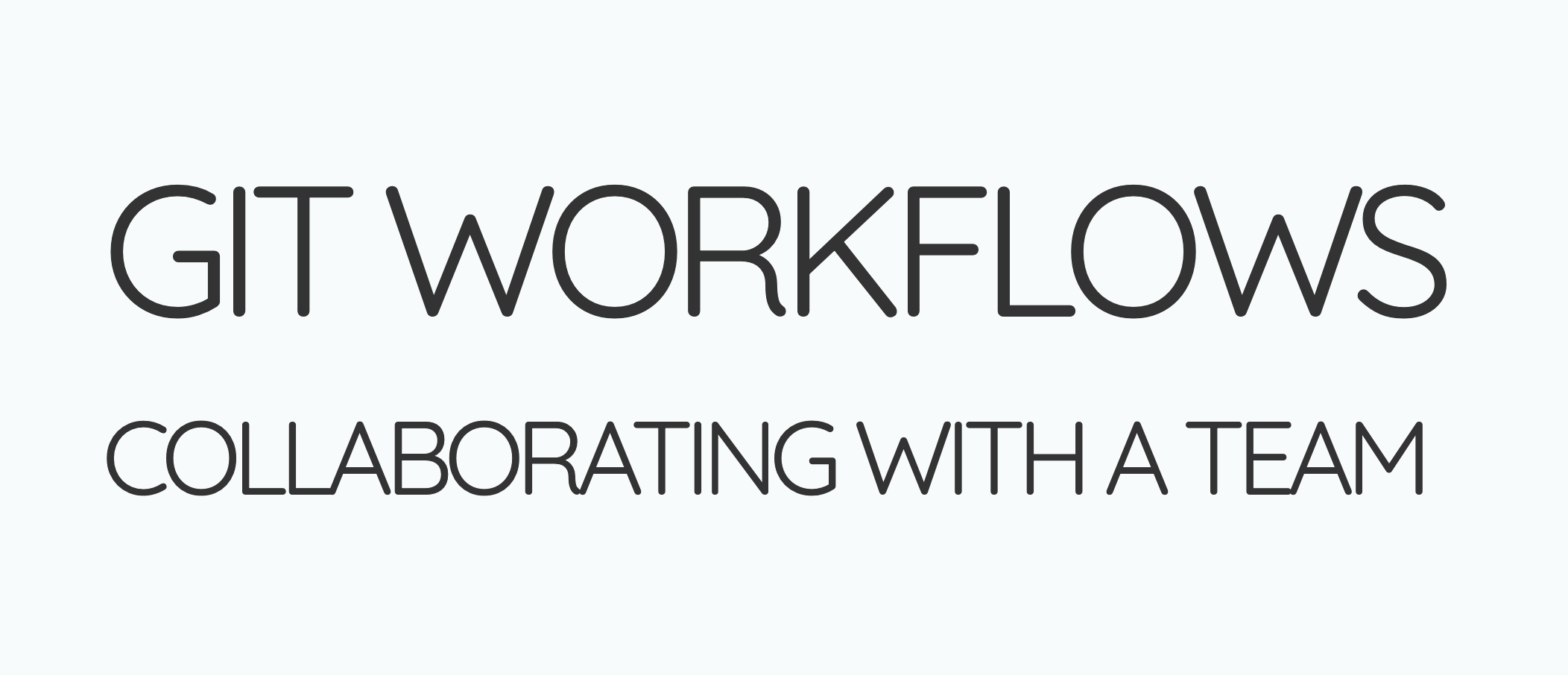Housekeeping🔗
Early dismissal: Once you’ve completed today’s Activity, feel free to complete any pending javascript learning or assignments.
-
- Weight: 5%
- Due: Sunday February 18
Homework for Monday has been posted.
Daily Standup🔗
In the same groups as last class
Each person takes a turn to answer the following questions:
- What did you do yesterday?
- What will you do today?
- Anything blocking your progress?
Using Git Branches🔗
Javascript Review🔗
Git any questions about any Javascript you’ve covered so far?
Today's Achievement🔗
Making changes in a Branch
Scenario: You are working on developing a simple index.html website for a personal project. Your task is to add a navigation bar, header/hero section and footer section to the website by creating and merging branches into the main codebase.
Instructions:
Setup:
- Clone the repository for the simple website project from a remote repository.
- Ensure Git is installed on your system and set up your local environment.
Create Feature Branches:
Create feature branches for each of the following features you’ll be adding to the website:
- Add a navigation bar (201-ach-5-feature/navigation)
Use the following command to create a new branch:
$ git checkout -b 201-ach-5-feature/navigation
Implement Features:
- Work on your assigned feature in your feature branch by editing the index.html file.
- Each feature might include adding HTML elements, styling with CSS, or adding JavaScript functionality.
- Add and commit changes to this branch.
- Push this branch to GitHub.
$ git push --set-upstream origin 201-ach-5-feature/navigationTesting and Review:
- Once your feature is implemented, test it locally to ensure it works as expected.
- Review your code and commit messages to ensure clarity and readability.
Merge Feature Branches into Main:
- After completing the development and testing phase, it’s time to merge your feature branch into the main codebase.
- Switch to the main branch:
$ git checkout main- Merge your feature branch into the main branch:
$ git merge 201-ach-5-feature/navigationResolve Conflicts (if any):
- If there are any conflicts during the merge process, resolve them by carefully reviewing the conflicting files and making necessary adjustments.
- Use git status and git diff to identify conflicting files and resolve conflicts manually.
Push Changes to Remote Repository:
- After resolving conflicts and successfully merging your feature branch into the main branch, push the changes to the remote repository:
$ git push origin mainCreate a header section (201-ach-5-feature/header)
- Create feature branches for each of the header feature you’ll be adding to the website:
- Use the following command to create a new branch:
$ git checkout -b 201-ach-5-feature/header
- Use the following command to create a new branch:
- Repeat steps 2-7 with the “201-ach-5-feature/header” branch
- Create feature branches for each of the header feature you’ll be adding to the website:
Implement a footer section (201-ach-5-feature/footer)
- Create feature branches for each of the footer feature you’ll be adding to the website:
- Use the following command to create a new branch:
$ git checkout -b 201-ach-5-feature/footer
- Use the following command to create a new branch:
- Repeat steps 2-7 with the “201-ach-5-feature/footer” branch
- Create feature branches for each of the footer feature you’ll be adding to the website:
Submission Instructions
Publish the main branch to GH Pages and submit the following to Brightspace:
GH repo
GH Pages link
Links to the 3 branches that you pushed
- You can select the branch in a drop-down menu on your repo home page.

